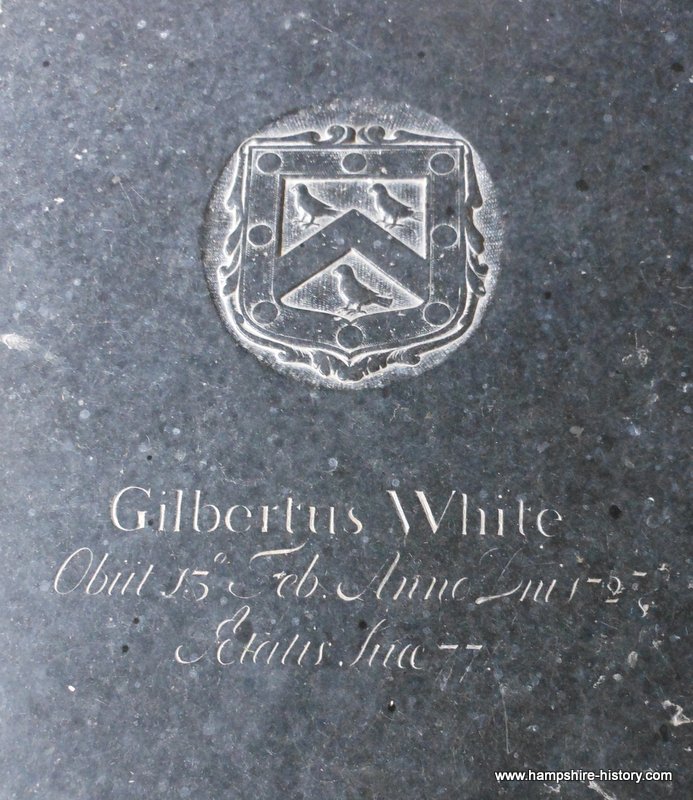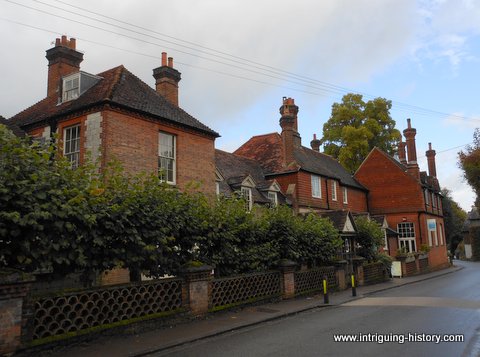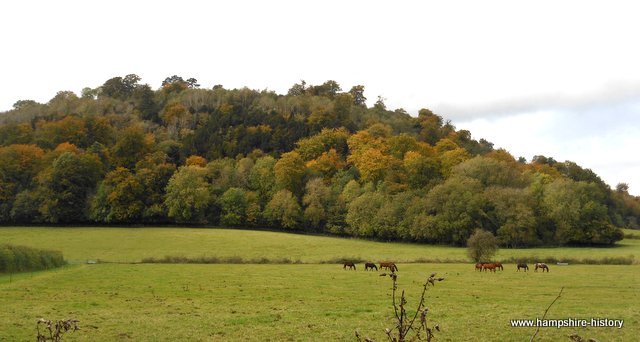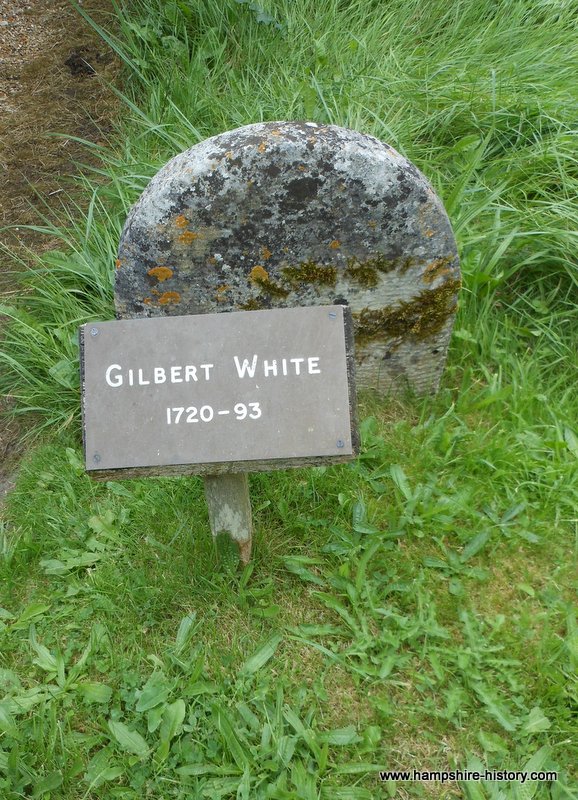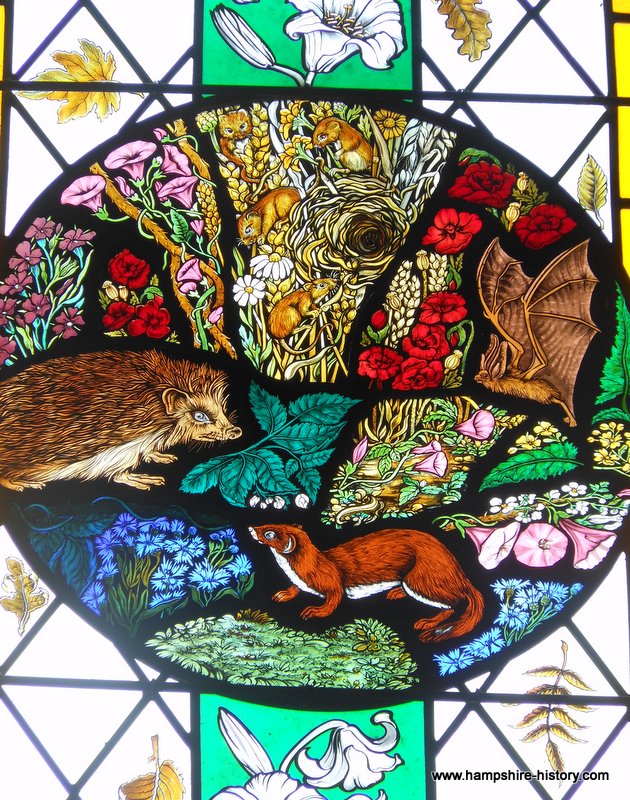Gilbert White Selborne
The man and the village work together harmoniously. The world famous naturalist the Reverend Gilbert White, Fellow of Oriel College Oxford, made Selborne his home and in doing so, made certain that this small village became a place of pilgrimage for natural history lovers all over the world.
What brought Gilbert White to Selborne?
Gilbert White was born in Selborne vicarage on July 18th 1720. His father was John White a barrister and his mother was Anne Holt. When Gilbert’s grandfather died in 1728, his parents moved permanently to the ‘Wakes’ in Selborne. He was one of eleven children. Gilbert the younger, spent much of his life in and around Selborne and it was then the seeds of his love of the area started to grow.
He was not, as is so often stated, the vicar of the parish of Selborne. He continued his work at Oxford and resided in the village where his grandfather, Gilbert White, who was a Fellow of Magdalen College was presented to the vicarage of Selborne in 1681. He died in 1727 when his grandson Gilbert White was just seven years old.
Gilbert White’s young years
Gilbert White attended school in Basingstoke and from there went to Oxford where he matriculated in 1739. Four years later in 1743, he went on to take his degree in a Batchelor of Arts and was elected to a Fellowship in 1744. He continued at Oxford for at least another three years. He was given a curacy at Swarraton in Hampshire but this is thought to have been more of a token curacy than anything substantial. At some point he is thought to have tried his hand as a gentleman farmer in the Isle of Ely in Cambridgeshire. He made his move back to his home village of Selborne in 1755 but did not inherit the family property until 1763 when his uncle died.
Selborne was in Gilbert White’s heart. This isolated village, approached by the deep sunken, water worn lanes, made visiting it especially in Winter time, quite a chore. But it was this very isolation, this serene contentment within this peaceful Hampshire village that allowed Gilbert White the space to observe and to write. He had a modest curacy at Farringdon but he was left with plenty of time to pursue his real love, natural history.
Gilbert White Letters
In about 1767, he began a correspondence with another naturalist, Thomas Pennant, author of the ‘British Zoology’. At first this was just a casual correspondence, an asking and answering of questions about the habits of certain birds and animals. Was there any intention to publish these letters? Probably not but as time went on the amount of information contained within them grew in detail and complexity and it was suggested by another of White’s correspondents, the Honourable Daines Barrington that the matter should be made accessible for wider digestion.
The letters become more formalized and literary in style so, that by 1784, there was a different flow to the correspondence as if White had already decided upon publication.
He wrote the introductory ‘letters’, not letters at all but rather chapters that describe the geomorphology of Selborne, its soils and climate. These chapters are by way of introducing the letters. It is interesting to note that Gilbert’s brother, Benjamin, was a bookseller who published the works and may well have had a hand on editing or advising on the final draft, suggesting ways of drawing the whole together.
The first edition of collected correspondence was published in 1789 and Gilbert White would only live for another four years before dying in 1793 at the age of seventy three.
Gilbert White Journals
An ambitious and fascinating project was undertaken to transcribe Gilbert White’s Journals and they make fascinating reading, telling so much about the social history of Selborne and local area as well as all its varied natural history.
He observed all that happened within the district of Selborne;
The King’s stag – hounds came down to Alton, attended by a huntsman and six yeoman prickers, with horns, to try for the stag that has haunted Hartley Wood for so long a time. Many hundreds of people horse and foot, attended the dogs to see the deer unharboured but though the huntsmen drew Hartley Wood and Long Coppice and Shrubwood and Temple Hangers and in their way back Hartley and Wardleham Hangers, yet no stag could be found.
The legacy of Gilbert White
The period in which White lived and studied his natural science was the late Georgian period when the pursuit of science understanding came through observation and measurement. People were traveling more extensively and knowledge of new flora and fauna was being gathered daily. His ‘Antiquities of Selborne’ show him to have been a man of great general erudition with an interest in and a knowledge of, the Medieval world unusual in someone of his day.
His observations and writings did away with Medieval thoughts of magic and fairies in nature and contained itself to what was observable and measurable, an ‘enlightened’ method. He wrote with a higher understanding of biology that had gone before. He was in many ways the front man for the great naturalists of Darwin’s day. He also saw that one had to observe not just the subject itself but the system around the subject, the soil, the subsequent flora the mini and macro climate.
It is though the delightful style of White’s writings that make him so easy to enjoy today and you can still come to Selborne and enjoy the wonderful walks around the Hangers beloved of Gilbert White or explore the Gilbert White House Museum at the Wakes and its gardens. Apart from the traffic issues, the village seems little changed and is a perfect a cultural and historical experience to enjoy in Hampshire.
Download the book, The Natural History of Selborne, for free via Project Gutenberg.


